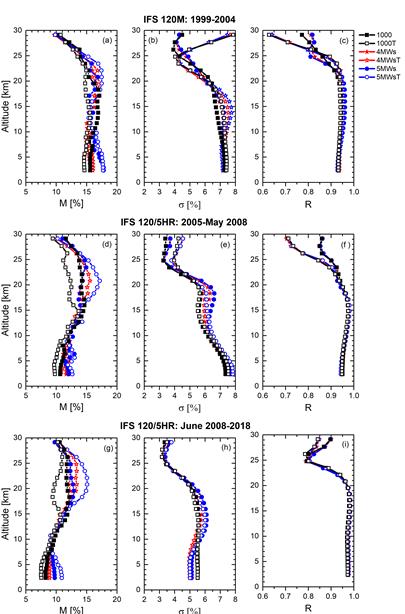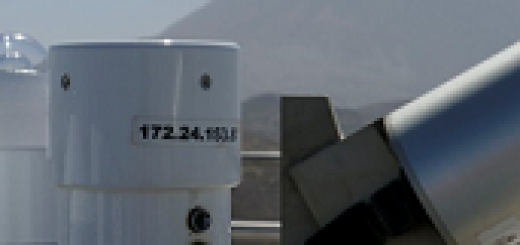“Improved ozone monitoring by ground-based FTIR spectrometry”, paper published in AMTD
Click here for the Spanish version
Accurate observations of atmospheric ozone (O3) are essential to monitor in detail the key role of O3 in the atmospheric chemistry. In this context, the paper, entitled “Improved ozone monitoring by ground-based FTIR spectrometry” and published by Atmospheric Measurement Techniques Discussion (AMTD), examines the performance of different O3 retrieval strategies from FTIR (Fourier Transform InfraRed) spectrometry by using the 20-year time series of the high-resolution solar spectra acquired from 1999 to 2018 at the subtropical Izaña Observatory (IZO, Spain) within NDACC (Network for the Detection of Atmospheric Composition Change). In particular, the effect of two of the most influential factors have been investigated: the spectral region used for O3 retrievals and inclusion of an atmospheric temperature profile fit. The theoretical and experimental quality assessments of the different FTIR O3 products (total column, TC, amounts and volume mixing ratio, VMR, profiles) provide consistent results. Combining an optimal selection of spectral O3 absorption lines and a simultaneous temperature retrieval results in superior FTIR O3 products, with a precision greater than 0.6–0.7 % for O3 TCs as compared to coincident NDACC Brewer observations used as reference. However, this improvement can be only achieved provided the FTIR spectrometer is properly characterised and stable over time. For unstable instruments, the temperature fit has been found to exhibit a strong negative influence on O3 retrievals by increasing the cross-interference between instrumental performance and temperature retrieval. This cross-interference becomes especially noticeable beyond the upper troposphere/lower stratosphere as documented theoretically, as well as experimentally by comparing FTIR O3 profiles to those measured using Electrochemical Concentration Cell (ECC) sondes within NDACC (see Figure 1). Consequently, it should be taken into account for the reliable monitoring of O3 vertical distribution, especially on long-term timescales.

Figure 1. Summary of FTIR-ECC comparison for the periods 1999-2004, 2005-May 2008, and June 2008-2018. (a), (d), and (g) display the vertical profiles of median (M) relative differences RD (FTIR-ECC, in %) for the three periods, respectively. (b), (e), and (h) as for (a), (d), and (g), but for standard deviation of RD distributions (σ, in %). (c), (f), and (i) as for (a), (d), and (g), but for Pearson correlation coefficient. 1000, 1000T, 4MWs, 4MWsT, 5MWs, and 5MWsT refer to the different FTIR retrieval strategies analysed in this work. Refer to García et al. (2021) for further details.
For further details refer to: García, O. E., Sanromá, E., Schneider, M., Hase, F., León-Luis, S. F., Blumenstock, T., Sepúlveda, E., Redondas, A., Carreño, V., Torres, C., and Prats, N.: Improved ozone monitoring by ground-based FTIR spectrometry, Atmos. Meas. Tech. Discuss. https://doi.org/10.5194/amt-2021-67, in review, 2021. https://amt.copernicus.org/preprints/amt-2021-67/







